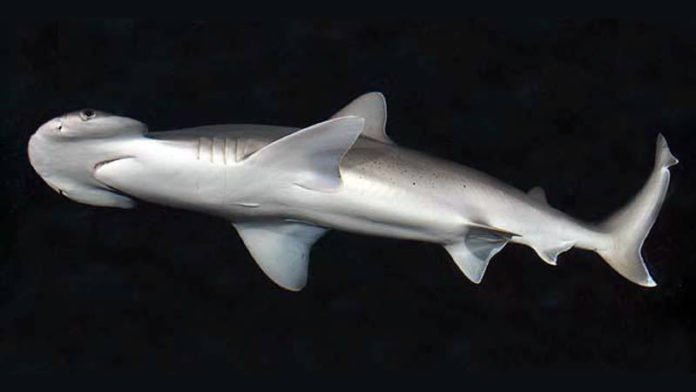Sharks belong to a family of fish that have skeletons made of cartilage, a tissue more flexible and lighter than bone. Sharks are virtually synonymous with carnivorousness, but the bonnethead shark, as new research suggests, is a true flexitarian, capable of switching between meat and plant-based diets.
The study by the Department of Ecology and Evolutionary Biology at the University of California, Irvine has suggested that the bonnethead sharks also are omnivorous sharks, plant-eating sharks.
The discovery hold the potential of changing our thoughts on what we know of sharks and their role within aquatic ecosystems. Sharks should be the quintessential carnivores, with stomachs uniquely intended for processing high-protein foods; they’re built to eat meat and that’s it.
Omnivores, then again, are fit for eating meat, however, they can likewise process plant material. This capacity requires a totally extraordinary digestive biochemistry, empowering, for instance, the capacity to separate and ingest or absorb, supplements found in the stringy cell dividers of plants.
Bonnethead sharks (Sphyrna tiburo) like to eat crustaceans, squid, and mollusks, but they have this strange habit of munching on seagrass. In fact, that upwards of 62 percent of their stomach contents are known to contain traces of this aquatic plant.
Marine biologist Samantha Leigh said, “Initially, the thought was that the bonnethead shark was accidentally consuming seagrass while hunting for crabs, squid, and other small invertebrates that make seagrass meadows their home.”
Scientists conducted an experiment to see if bonnethead sharks were, in fact, capable of digesting and acquiring nutrients from seagrass. For this, they worked on five captive bonnethead sharks, by feeding them a diet consisting of 90 percent seagrass and 10 percent squid.
The diet amounted to 5 percent of the sharks’ body weight per day, and was done over a three-week period. The researchers collected the sharks’ fecal matter during the feeding trial, and all sharks were euthanized at the end of the three weeks.
A digestive analysis of the dead sharks and their poop showed that the bonnethead sharks were indeed digesting and absorbing nutrients from the seagrass. What’s more, the sharks also exhibited somatic (cellular) growth while on the plant-based diet, and they possessed the required biochemistry to break down even the toughest portions of the fibrous seagrass.
Leigh said, “Finally, we determined which types of digestive enzymes (enzymes are used to break down food molecules) the bonnethead sharks possessed. Different enzymes break down different nutrients and generally, carnivores have very low levels of enzymes that break down fibers and carbohydrates. However, the bonnethead shark had very high levels of these types of enzymes!”
Based on this evidence, the researchers conclude: “We show that a coastal shark, previously thought to be solely carnivorous, is digesting seagrass with at least moderate efficiency, which has ecological implications…[within] fragile seagrass ecosystems.”
Leigh said, “Seagrasses are extremely important. They produce oxygen, they create a nursery for many commercially important fish species, they filter toxins out of the water, and more. However, many seagrass meadows are declining in health and abundance. This study is the first step in determining how the bonnethead shark truly fits into this type of habitat.”
The study is published in the Proceedings of the Royal Society B.
